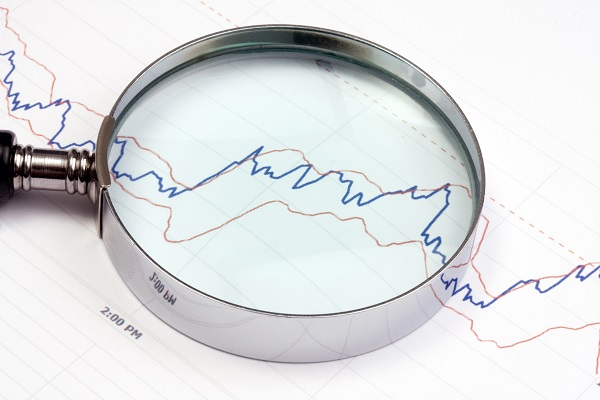ATD Blog
Everybody Measures Everything
Mon Dec 18 2017

Self-assessment tools are a great short-cut to jump-start anybody’s path to greater self-awareness. (See the January 2017 blog post for more information.) The downside of these tools is they usually take for granted that one’s personality and actions are fixed. The idea is “This is who you are and that’s not going to change.” That’s one reason I strongly advocate using several different models, so at least people can gain a wider perspective on “who they are.”
Once you get employees familiar and comfortable with self-assessments, they might find they like them. If they really catch the bug, there is a good chance they will go online and find any number of self-evaluations that are more (or less) to their liking. You might even consider assigning them to go online and do some self-directed learning by finding a number of self-evaluation tools, trying them out, and letting you know which ones they think are best. Over time, you will build up a considerable catalogue of these tools.
Get everybody measuring everything… at least everything that matters.
A growing number of organizations are integrating into their cultures a regular practice of “measuring.” This begs the question: What are they in the habit of measuring?
Too often what gets measured most is removed from what individuals feel they can actually control. So the “numbers” they always hear about don’t tell them very much about their own performance or how they can specifically improve.
When it comes to using self-awareness to drive continuous improvement, the key is measuring concrete actions within the control of the individual.
Once you get your employees into the habit of regular self-evaluation, take it the next level by having them start measuring the concrete actions within their own control—the ones that matter—e =very step of the way.
In other words, teach them to keep score for themselves on everything they actually do at work. Help them create their own self-evaluation tools to monitor, measure, and document everything they do. Or even better, you can help them create their own self-evaluation tools:
For every project, there should be a project plan, including every goal and deadline along the way, complete with guidelines and parameters for every goal. Why not teach employees to use project plans as tools for ongoing self-evaluation? Every step of the way, they can track where they are on every goal.
For every recurring task or responsibility, there should be standard operating procedures, complete with checklists. Why not teach employees to use those standard operating procedures and checklists as tools for ongoing self-evaluation? Every step of the way, they can track their progress on every task, one “check” at a time.
In addition, to measure activities, have team members log every activity. To measure time, create schedules and time-logs.
If you can get your team in the habit of using these kinds of self-evaluation tools to monitor their own performance—measuring their own concrete actions against clear measurable goals—you will put them squarely on the path to continuous improvement. These tools also give you a great tool for your ongoing guidance, direction, support, and coaching. What’s more, your employees’ own scorekeeping will double as a great source of ongoing real-time documentation when it comes time for formal reviews.
You've Reached ATD Member-only Content
Become an ATD member to continue
Already a member?Sign In
